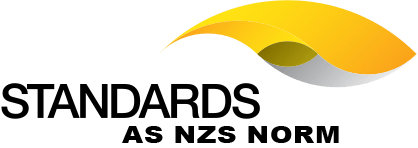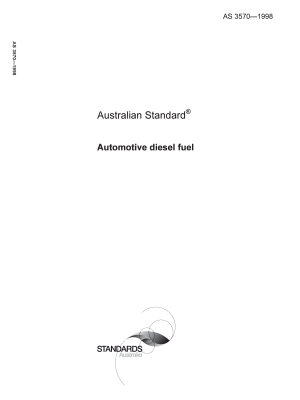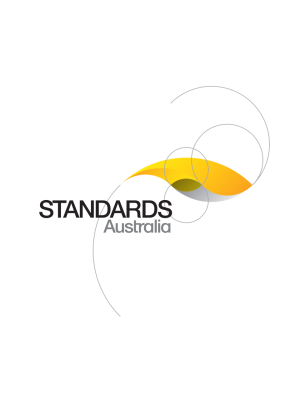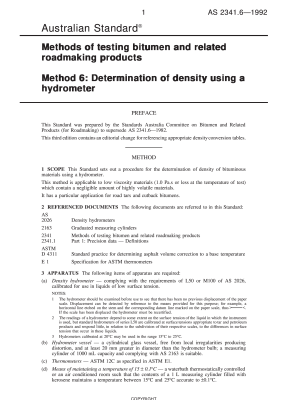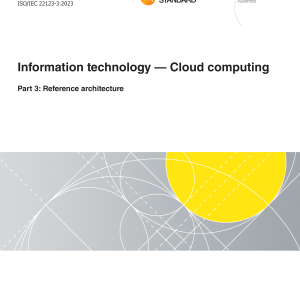🔍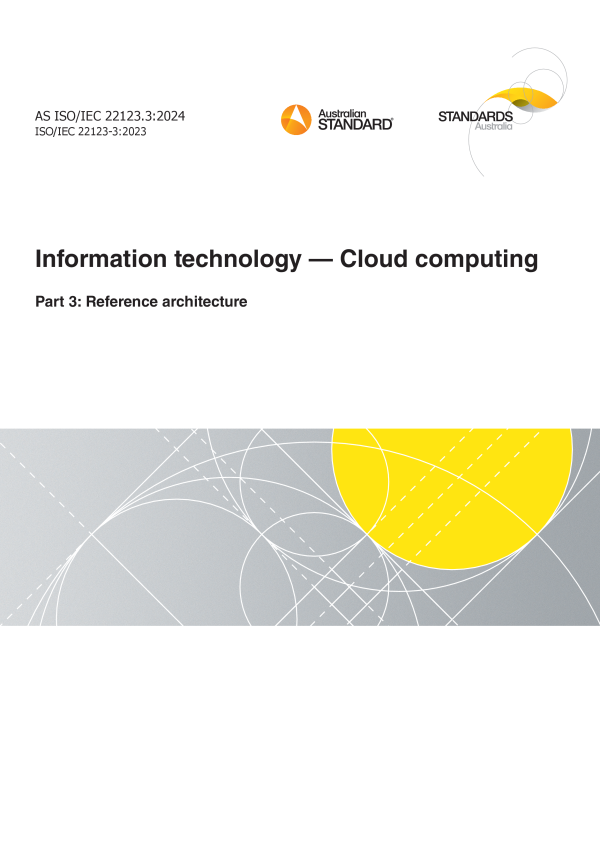

Purchase the full subscription package now and enjoy a 40% discount, along with free updates for future editions.
AS ISO/IEC 22123.3:2024
$242.18
Information technology – Cloud computing, Part 3: Reference architecture
AS ISO/IEC 22123.3:2024 identically adopts ISO/IEC 22123-3:2023, which specifies the cloud computing reference architecture (CCRA)
Table of contents
Header
About this publication
Preface
Foreword
1 Scope
2 Normative references
3 Terms and definitions
3.1 Terms related to security and privacy
3.2 Terms relating to architecture
4 Symbols and abbreviated terms
5 Conventions
6 Cloud computing reference architecture goals and objectives
7 CCRA viewpoints
7.1 General
7.2 CCRA architectural views
7.3 User view of cloud computing
7.3.1 General
7.3.2 Cloud computing activities
7.3.3 Parties
7.3.4 Roles and sub-roles
7.3.5 Cloud services
7.3.6 Cloud deployment models
7.3.7 Cloud computing cross-cutting aspects
7.4 Functional view of cloud computing
7.4.1 General
7.4.2 Functional components
7.4.3 Functional layers
7.4.4 Multi-layer functions
7.5 Relationship between the user view and the functional view
7.6 Relationship of the user view and functional view to cross-cutting aspects
7.7 Implementation view of cloud computing
7.8 Deployment view of cloud computing
8 User view
8.1 Cloud computing roles and sub-roles
8.1.1 General
8.1.2 Cloud service customer role
8.1.2.1 General
8.1.2.2 CSC:cloud service user
8.1.2.3 CSC:cloud service administrator
8.1.2.4 CSC:cloud service business manager
8.1.2.5 CSC:cloud service integrator
8.1.3 Cloud service provider role
8.1.3.1 General
8.1.3.2 CSP:cloud service operations manager
8.1.3.3 CSP:cloud service deployment manager
8.1.3.4 CSP:cloud service manager
8.1.3.5 CSP:cloud service business manager
8.1.3.6 CSP:customer support and care representative
8.1.3.7 CSP:primary inter-cloud provider
8.1.3.8 CSP:cloud service security and risk manager
8.1.3.9 CSP:network provider
8.1.4 Cloud service partner role
8.1.4.1 General
8.1.4.2 CSN:cloud service developer
8.1.4.3 CSN:cloud auditor
8.1.4.4 CSN:cloud service broker
8.2 Cloud computing activities
8.2.1 General
8.2.2 Activities associated with the CSC role
8.2.2.1 Use cloud service
8.2.2.2 Perform service trial
8.2.2.3 Monitor service
8.2.2.4 Administer service security
8.2.2.5 Handle problem reports
8.2.2.6 Provide billing and usage reports
8.2.2.7 Administer tenancies
8.2.2.8 Perform business administration
8.2.2.9 Select and purchase service
8.2.2.10 Request audit report
8.2.2.11 Connect ICT systems to cloud services
8.2.3 Activities associated with the CSP role
8.2.3.1 Prepare systems
8.2.3.2 Monitor and administer services
8.2.3.3 Manage assets and inventory
8.2.3.4 Provide audit data
8.2.3.5 Define environment and processes
8.2.3.6 Define and gather metrics
8.2.3.7 Define deployment steps
8.2.3.8 Provide services
8.2.3.9 Deploy and provision services
8.2.3.10 Perform service level management
8.2.3.11 Manage business plan
8.2.3.12 Manage customer relationships
8.2.3.13 Manage financial processing
8.2.3.14 Handle customer requests
8.2.3.15 Manage cloud services from secondary inter-cloud providers
8.2.3.16 Perform intermediation, aggregation and arbitrage
8.2.3.17 Manage security and risks
8.2.3.18 Design and implement service continuity
8.2.3.19 Ensure compliance
8.2.3.20 Provide network connectivity
8.2.3.21 Deliver network services
8.2.3.22 Provide network management services
8.2.4 Activities associated with the CSN role
8.2.4.1 Design, create and maintain service components
8.2.4.2 Compose services
8.2.4.3 Test services
8.2.4.4 Perform audit
8.2.4.5 Report audit results
8.2.4.6 Acquire and assess customers
8.2.4.7 Assess marketplace
8.2.4.8 Set up legal agreement
8.3 Cross-cutting aspects
8.3.1 General
8.3.2 Auditability
8.3.3 Governance
8.3.4 Interoperability
8.3.5 Maintenance and versioning
8.3.6 Performance
8.3.7 Portability
8.3.8 Protection of Personally Identifiable Information
8.3.9 Reversibility
8.3.10 Security
8.3.10.1 General
8.3.10.2 Distribution of security responsibilities
8.3.10.3 Cloud service category perspectives
8.3.10.4 Implications of cloud deployment models
8.3.10.5 Data protection strategy and responsibility
8.3.11 Service levels and service level agreements
9 Functional view
9.1 Functional architecture
9.1.1 General
9.1.2 Layering framework
9.1.2.1 General
9.1.2.2 User layer
9.1.2.3 Access layer
9.1.2.4 Service layer
9.1.2.5 Resource layer
9.1.2.6 Multi-layer functions
9.2 Functional components
9.2.1 General
9.2.2 User layer functional components
9.2.2.1 General
9.2.2.2 User function
9.2.2.3 Business function
9.2.2.4 Administration function
9.2.3 Access layer functional components
9.2.3.1 General
9.2.3.2 Access control
9.2.3.3 Service access
9.2.3.4 Business access
9.2.3.5 Administration access
9.2.3.6 Development access
9.2.3.7 Connection management
9.2.4 Service layer functional components
9.2.4.1 General
9.2.4.2 Service capabilities
9.2.4.3 Business capabilities
9.2.4.4 Administration capabilities
9.2.4.5 Service orchestration
9.2.5 Resource layer functional components
9.2.5.1 General
9.2.5.2 Resource abstraction and control
9.2.5.3 Physical resources
9.2.6 Multi-layer functions
9.2.6.1 Integration functional components
9.2.6.1.1 General
9.2.6.1.2 Security integration
9.2.6.1.3 Monitoring integration
9.2.6.1.4 Service integration
9.2.6.1.5 Peer service integration
9.2.6.2 Security systems functional components
9.2.6.2.1 General
9.2.6.2.2 Authentication and identity management
9.2.6.2.3 Authorization and security policy management
9.2.6.2.4 Encryption management
9.2.6.3 Operational support systems functional components
9.2.6.3.1 General
9.2.6.3.2 Service catalogue
9.2.6.3.3 Provisioning
9.2.6.3.4 Monitoring and reporting
9.2.6.3.5 Service policy management
9.2.6.3.6 Service automation
9.2.6.3.7 Service level management
9.2.6.3.8 Incident and problem management
9.2.6.3.9 Platform and virtualization management
9.2.6.3.10 Peer service management
9.2.6.4 Business support systems components
9.2.6.4.1 General
9.2.6.4.2 Product catalogue
9.2.6.4.3 Account management
9.2.6.4.4 Subscription management
9.2.6.4.5 Metering and billing
9.2.6.4.6 Accounts
9.2.6.5 Development support functional components
9.2.6.5.1 General
9.2.6.5.2 Developer environment
9.2.6.5.3 Build management
9.2.6.5.4 Test management
10 Relationship between the user view and the functional view
10.1 General
10.2 Overview
10.2.1 Service capabilities functional component
10.2.2 Common roles, activities and functional components
10.2.3 Multi-tenancy and isolation
Annex A
A.1 The cloud service customer – cloud service provider relationship
A.1.1 Functional relationship
A.1.2 Business relationship
A.1.3 Administration relationship
A.2 The provider – peer provider (or “inter-cloud”) relationship
A.3 The cloud service developer – cloud service provider relationship
A.4 The cloud service provider – Auditor relationship
A.4.1 Security audit
A.4.2 Privacy impact audit
A.4.3 Performance audit
Bibliography
Cited references in this standard
Please select a variation to view its description.
| Published | 09/02/2024 |
|---|---|
| Pages | 61 |
Please select a variation to view its pdf.
